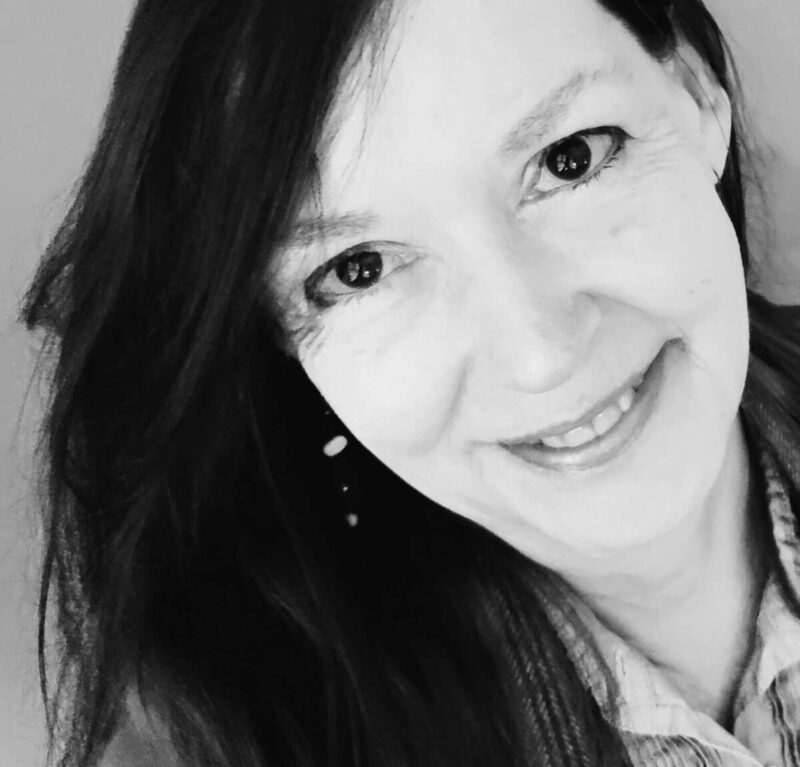Arts Directory
Terri McCord
INDIVIDUAL - SCAD ID - #186

Contact
terrileemccordwrite@gmail.com
864-438-6987
https://www.instagram.com/terrileemccord/
Greenville County, SC
Discipline
- • Literature
Geographical Availability
- Upstate
- Midlands
- PeeDee/ Grand Strand
- Low Country
- Western Piedmont
- Olde English
About
Artist Bio
A South Carolina Arts Commission literary fellowship recipient, Terri McCord has earned awards from Hub City, Emrys Foundation, the Poetry Society of South Carolina, literary journals such as the Southeast Review, South Carolina Review, Kakalak, Kennesaw Review, and others), and the Vermont Studio Center. Her poems have been nominated for a “Best of the Net” and four Pushcarts.
Terri McCord has authored In the Company of Animals (Stepping Stones Press), The Art and the Wait (Finishing Line Press), The Beauts (Finishing Line Press) and a new manuscript, Turn. She has taught at the university level, and she has worked as a teaching artist (creative writing, design, literacy, and painting and drawing, mural work) to various ages throughout South Carolina. Often, her projects focus on science, literacy, and art, and she loves to inspire self-expression and technique.
She received her B.A. in English and in art and education from Furman University, and she earned her M.F.A. in creative writing with an emphasis in poetry from Queens University in Charlotte. Her individual poems have been included in numerous journals and included in anthologies such as South Carolina Voices: Poetry and Prose, Athenaeum Press, Coastal Carolina and South Carolina Arts Commission, 2018; Archive: South Carolina Poetry Since 2005, Ninety-Six Press, 2018; and Found Anew Anthology, The University of South Carolina Press, 2015; and Southern Poetry Anthology, Texas Review Press, 2007. McCord has attended numerous workshops and readings, and she has explored various ways to combine collaborative materials into a text that inspires others. She loves using various materials and creative prompts.
McCord’s photographs have also been published and exhibited, and she uses these as a frame of reference for other artworks or writings. A project she was involved with included interview questions about creativity and about the nature of “home,” and this project combined a free write, a prose poem, photographs, and paintings (that were then folded into 3-D sculptural works.
She loves to work with students on revision and editing and to focus on the “fun” in language and the nuances of words and vocabulary. She has experience in public speaking, and she loves to encourage everyone’s individual voice. She continually tries to stay in practice by actively brainstorming, researching, writing, and creating, experimenting, critiquing, sharing, then critiquing again.
Artist Statement
My work delves into several areas. I would probably divide them basically into five categories:
- lyrical/imagistic
This is a more sensory approach and combines the stimulation of the senses into a more descriptive, observational creation. Here, music, textures, colors, smells, and the interplay of all of it is combined. This could take form as a poem, a speech, movement, part of a script, but the actual “experiencing” of it is what is the goal. Metaphorical language might be encouraged. - biographical or historical
- ekphrastic
Ekphrastic writing is a response to artworks, and this response can be visual, a story, a story outside the artwork, or told from the point of view of something within the artwork. - language/definition
This approach is more about the exploration of language, what language is, or what communication is. This can involve making up a form for a poem. It can also involve making up a word and inventing its context in order to elucidate the meaning. Another fun project involves just exploring (with a dictionary) all the definitions of a word and trying to put them all into a poem. - current events
Topics could be categorized by subject area, such as “science.” Here, the challenging part is to take a subject that might seem “dry” and fashion it into something more far-reaching.
I have been contemplating AI recently, and I mentally debate the advantages and the challenges. As I read through the news from different sources, I look for relevant details that can inform this topic and tell the “AI” story. I try to find multiple perspectives, and I try to find information on the latest advances and what this can mean for the general public.
As in the latter, I try to create an almost cubist view of other current events as well. Having studied visual art, I try to apply this knowledge of Cubism (visually) as it would apply to the language in a poem, and I play with making the language seem to be presenting multiple perspectives at once, but I don’t want to just “tell” this, I try to make the words and the form I create “show” it. Not only am I interested in the narrative or action in the writing, but I want the words to somehow be emboldened to be shifting or presenting multiple trajectories or possibilities at once. I have been experimenting somewhat with form, or the actual space or spaces in the writing and to make these spaces just as important as the words. I think, too, that text can be “read” as a visual, not just for meaning. I truly believe that for myself, and for anyone I am working with, that it is this wonder of language and the realization that language isn’t “flat,” but has all kinds of nuances, that makes it a joy to work with.